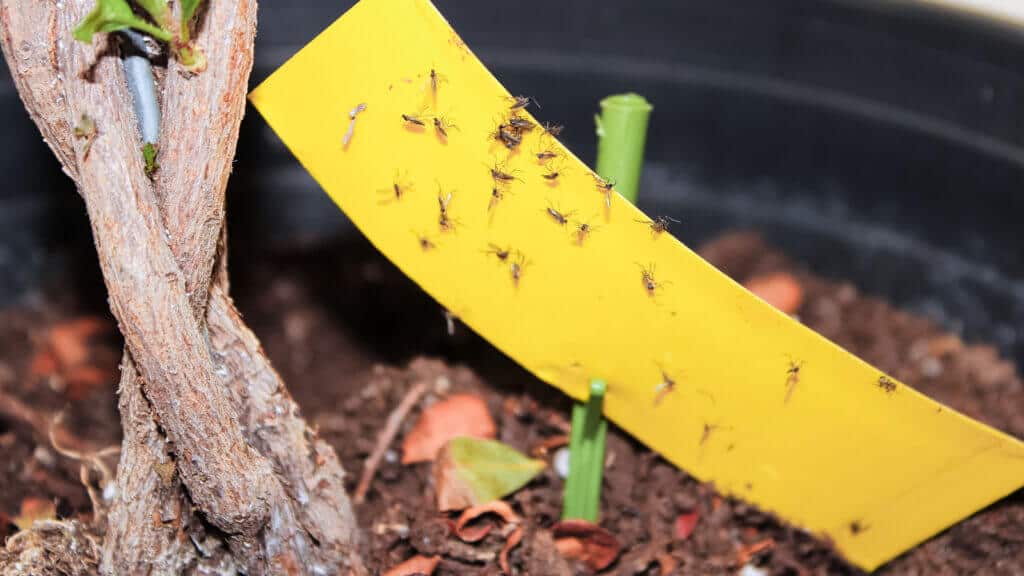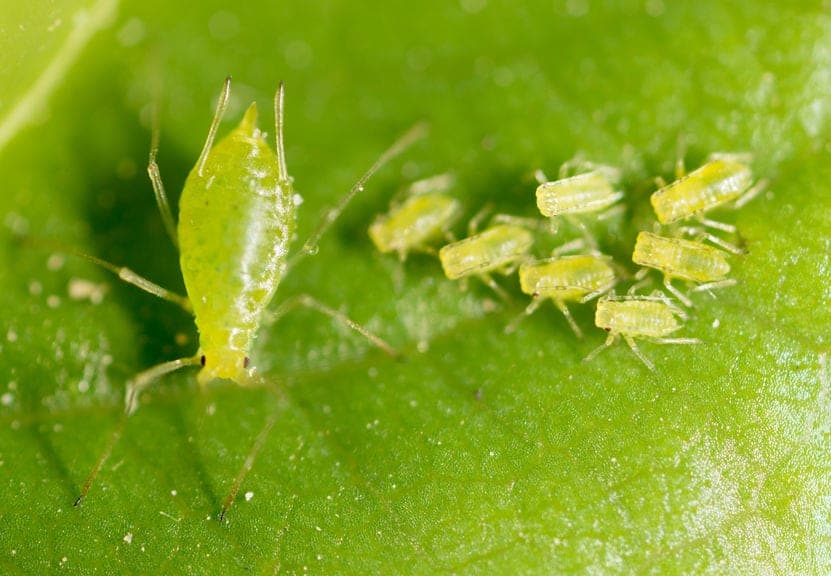If you have pets and a yard, you already know how tricky weed control can be.
Many commercial weed killers contain harmful chemicals like glyphosate that can linger on surfaces or be absorbed into paws.
But the good news?
In this guide, we’ll show you how to make an easy, effective homemade weed killer with safe, natural ingredients. You’ll also learn where and how to apply it, what to avoid, and how to keep your garden tidy without harming your pets.
Why Go Homemade and Pet-Safe?
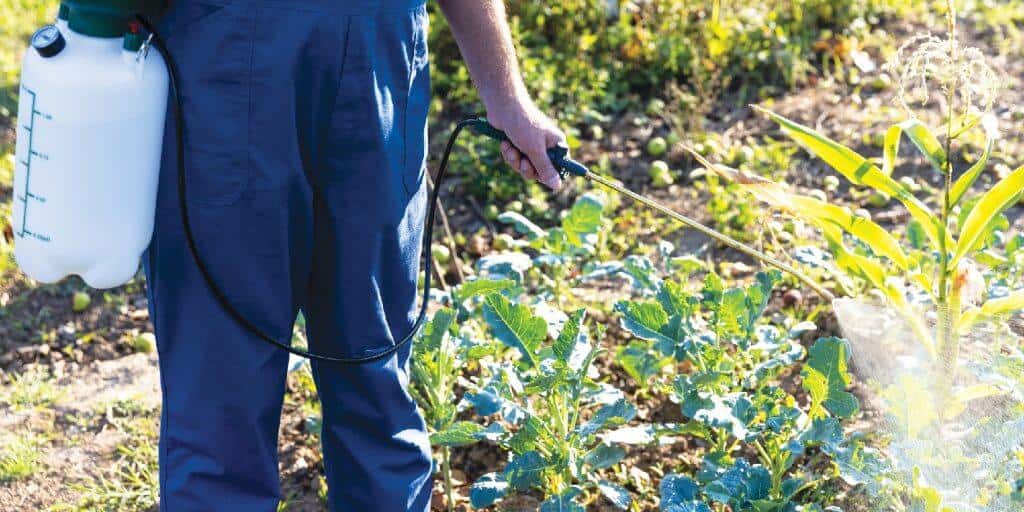
It’s important to understand that most commercial weed killers are made for efficiency, not safety.
They often contain synthetic chemicals that linger in the soil or get tracked inside your house on paws or shoes.
These residues can lead to skin irritation, stomach upset, or worse—especially in smaller animals or curious puppies who chew on grass.
Making your own weed killer helps you stay in control of the ingredients and the risks.
It’s budget-friendly, effective on common weeds, and allows you to treat problem areas without worrying about your pets’ health.
Plus, you likely already have most of the ingredients at home!
Ingredients to Avoid (Dangerous for Pets & Kids Too)
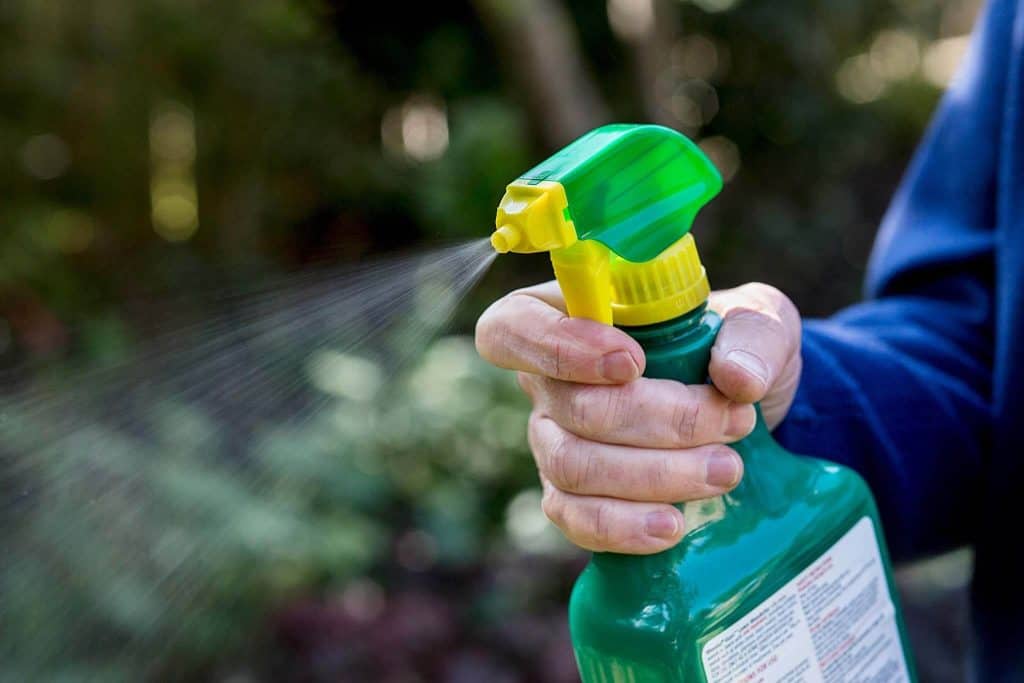
Some DIY weed killers use ingredients that are technically natural but still dangerous. Be cautious of these when following recipes online:
❌ Bleach – Highly corrosive and toxic if licked or absorbed through paws
❌ Salt (in large amounts) – Common in weed killer recipes but can poison the soil and your pet if ingested
❌ Strong essential oils (clove, cinnamon, wintergreen) – Potent and irritating to pets’ skin and noses
If a recipe includes any of these, it’s best to skip it. Your homemade weed spray should be safe enough that, once dry, your pets can walk or play on the grass without worry.
Best Pet-Safe Homemade Weed Killer Recipe
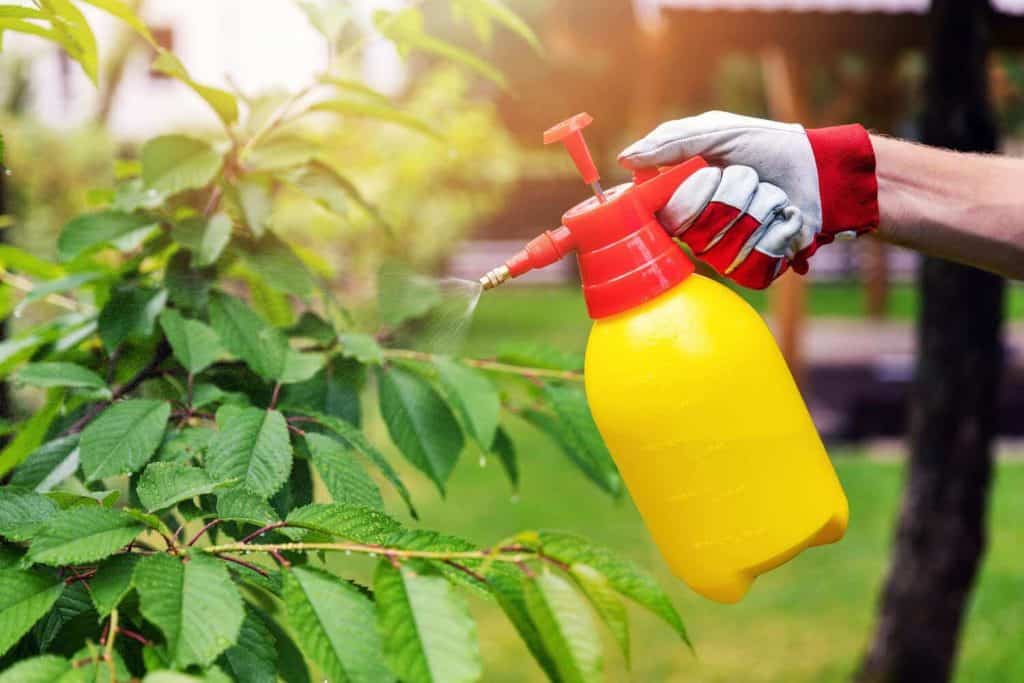
Here’s a simple spray that’s safe for dogs and cats when used and applied properly. It works best on small weeds or in spot-treatment situations.
🌿 Vinegar-Based Pet-Safe Weed Spray
Ingredients:
- 1 gallon of white vinegar (5% acidity — the kind you get at the grocery store)
- 1 tablespoon liquid dish soap (like Dawn)
- Optional: juice of 1 lemon or 1/4 cup lemon juice (natural citrus boost)
Supplies:
- A clean spray bottle or garden pump sprayer
- Funnel (optional, but helpful for pouring)
Directions:
- Pour the vinegar into your spray bottle or garden sprayer.
- Add the dish soap. This acts as a surfactant—it helps the vinegar stick to the leaves.
- (Optional) Add lemon juice to increase the acidity and sun-reactivity.
- Shake gently before each use.
🧪 How it works: The acetic acid in vinegar dries out weed leaves and top growth quickly. The soap helps it cling to the surface rather than run off. Lemon juice boosts the sun-powered effects for even faster wilting.
When and Where to Use This Spray
⏰ Best Time to Spray:
- Late morning or early afternoon
- On dry, sunny days with no rain in the forecast
🌱 Best Places to Spray:
- Cracks in sidewalks or driveways
- Gravel or stone paths
- Weeds around fence posts or garden edging
- Isolated weeds in lawn or mulch beds (be careful!)
🚫 Where NOT to spray:
- Near vegetable garden beds
- On or near grass you want to keep
- Around delicate flowers or seedlings
Remember: this is a non-selective weed killer. It doesn’t know the difference between a dandelion and your favorite daisy—it will brown anything it touches.
Is Vinegar Safe for Pets & Kids?
Yes, in small diluted amounts and once dried. Vinegar is a common household product and isn’t toxic in low concentrations. However, it can irritate your pet’s paws or nose if they walk through wet spray.
Tip: Always let the area dry fully before letting your pets back outside. Dry time is usually 30–60 minutes on a sunny day.
If your dog has sensitive paws or you’re treating a high-traffic area, consider rinsing the spot with plain water a few hours after application.
Pet-Safe Weed Removal with Boiling Water
One of the safest and cheapest weed killers of all: plain boiling water.
🫧 How to use:
- Boil a pot or kettle of water.
- Slowly pour it directly onto the base of the weed.
🔥 Best for:
- Weeds between patio pavers
- Sidewalk cracks
- Edges of driveways or foundations
It works by cooking the plant instantly, damaging its roots and leaves. Be careful not to splash on your feet or on nearby plants!
Optional Add-On: Cornmeal Weed Prevention
Once you’ve cleared the weeds, preventing regrowth is the next step. One natural, pet-safe method is using corn gluten meal.
🌽 What is it? Corn gluten meal is a byproduct of corn processing. It acts as a natural pre-emergent herbicide.
How to use it:
- Sprinkle it lightly over soil or garden beds
- Water it in gently
- Let it dry completely before letting pets into the area
What it does: It stops weed seeds from germinating without affecting established plants. It won’t kill existing weeds but helps prevent new ones from popping up.
📌 Note: Works best in early spring or early fall.
Tips for Long-Term Weed Control (Pet-Friendly Methods)
Here’s how to manage weeds naturally without chemicals:
✅ Mulch your beds. Add 2–3 inches of mulch (wood chips, straw, shredded leaves) to block light and prevent weed seeds from sprouting.
✅ Pull weeds after rain. Damp soil makes it easier to pull weeds up by the root. Use gloves and a weeding tool to get the job done quickly.
✅ Edge your lawn and garden regularly. Create a clean barrier between lawn and garden beds. This reduces grass and weed invasion.
✅ Keep your lawn thick and healthy. Weeds love bare patches. Overseed thin spots and mow at the right height to crowd weeds out.
✅ Lay down landscape fabric under gravel paths. This keeps weeds from sneaking through hardscape features and reduces maintenance long-term.
Final Thoughts
Homemade weed killer is a simple, affordable, and safe option for homeowners who care about their pets and their lawns. Whether you use vinegar, boiling water, or natural preventative methods like cornmeal, the key is being consistent and targeted.
Weeds won’t disappear overnight, but these pet-safe methods will keep your outdoor space tidy without risking your dog’s health or your cat’s curiosity.
If you’d like a printable recipe card to keep in your garden shed or a checklist of pet-safe lawn care steps, just let us know—we’ll be happy to create one for you!
I’m Anastasios Moulios, co-founder of DIY Cozy Living. I enjoy finding creative, practical ways to make small spaces feel warm, stylish, and lived-in — whether it’s a camper, a backyard, or a cozy room inside. I started this blog with Katerina to share real ideas that make home feel a little more personal and a lot more comfortable.


